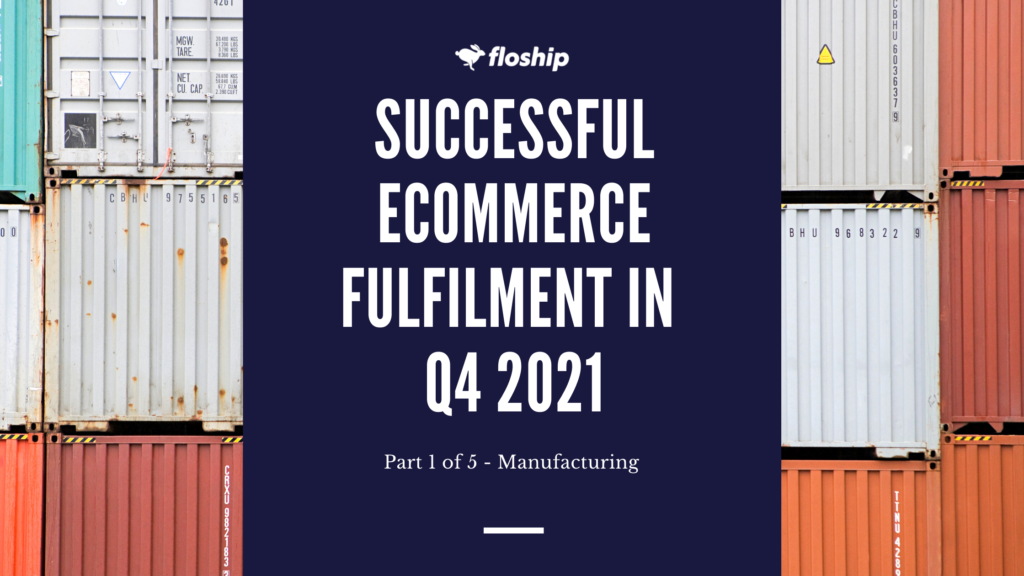WHY Q4 REVENUE MAKES OR BREAKS YOUR ECOMMERCE BRAND
Q4 has historically been the busiest for US online retailers as consumers are inundated with a series of holiday sale events. 2020 was huge for eCommerce, with the holiday season posting some remarkable numbers. The percentage of total US sales from eCommerce in the final two months of 2020 generated over $200B in revenue, a 200% increase from the average growth rate, and 33% increase compared to Q4 in 2019.
This also accounted for a nearly 50% increase in cumulative online sales. The consistent growth of online sales during Q4 continues to be spurred on by huge annual sales events like Black Friday, Cyber Monday, Christmas and to a lesser extent stateside, Single’s Day, all of which are increasingly online-oriented.
Black Friday sales hit $9B in 2020, up from $7.4B the previous year. Online sales from Cyber Monday reached nearly $11B, up from $9.2B. Perhaps most impressive is Alibaba reporting a GMV of roughly $75B USD from their annual Singles’ Day sales event in November.
MASTERING YOUR MANUFACTURING SUPPLY CHAIN MODEL
Let’s start from the beginning of your supply chain.
The efficiency of your product sourcing strategy creates a ripple effect down the global logistics supply chain.
Strategic sourcing enables your brand to exercise purchasing power and create a competitive cost structure with minimum risk. However, choosing the optimal sourcing strategy aligned to your business model is pivotal to avoid warehouse, order fulfillment and shipping issues further down the supply chain.
Theoretically, there are six supply chain models varying in efficiency and responsiveness.
-
- Continuous model
- Fast chain model
- Efficient model
- Customs configured model
- Agile model
- Flexible model
For ecommerce businesses, the factors behind choosing the right sourcing model are:
-
- Turnaround time
- Product lifecycle
- Supply chain efficiency
- Responsiveness
Practically, ecommerce businesses lean towards two sourcing models.
-
- Fast Chain: Verticals such as fashion & apparel, beauty & personal care adopt this model.This caters to businesses with SKUs that have short life cycles, susceptible to fast changing trends and require quick ideation to production timings.
- Flexible: Verticals such as jewellery adopt this model. This caters to ecommerce businesses affected by seasonality, with high peak demands coupled with intermittent periods of low sales.
To help guide you through supplier selection, we have provided a 4 step guide on designing a sourcing strategy for your ecommerce business.

Step-1: Determine The Supplier
Determine if your product can be sourced through a manufacturer or a wholesaler.
Sourcing directly from the manufacturer will be cheaper but comes with a higher minimum order quantity. The converse is true for wholesalers, who can manufacture in smaller quantities but at a higher cost.
Additional factors:
-
- Manufacturing location: Determining your manufacturing location affects the end product cost including raw materials, labour, logistics and transport, product complexity, automation & tooling and volume.
- Supply market analysis: Identify the market characteristics for a particular product. This analysis helps in developing an effective sourcing strategy by providing an strategic understanding of
- How the market works
- Sale projections for the near future
- Market competitiveness
- Key suppliers and their unique value proposition
- Initiate the supplier selection process by starting the RFQ/RFI
- Language barrier
Step-2: Contract
Once you have narrowed down to the sourcing model, it is important to set up contracts with the suppliers or wholesalers. A well documented and scoped contract enables clear definition on the roles and responsibilities of both parties and is instrumental towards a working relationship governed by SLAs.
Contract management can be considered as one of the most crucial and important step in setting up a successful relationship and the benefits can be stated as follows
-
- Ensures the contractual obligation of both the parties
- Eliminates any breach of contract situation
- Supports the audit trail
- Improves quality of service
- Clarifies financial control
- Identifies areas of poor performances and optimizes for continuous improvement
Step-3: Product Batch Testing
Test the quality of manufactured inventory by executing a test batch run. Once the test batch is approved based on the required quality checks, you can request to manufacture a bigger batch based on the minimum order quantity.
Step-4: Risk Mitigation
This should be run simultaneously with step-3 to identify the bottlenecks and develop ways to mitigate the associated risks. Historically, ecommerce brands rely on one sourcing partner to benefit from cost and MOQ, however, as highlighted by the pandemic and the recent US China Trade War, this approach comes with significant short and long term impacts.
A common pitfall Floship clients experience is the supplier being unable to honour the contractual obligations affected by internal and external factors. The ripple effect leads to loss in revenue but also, a hasty and often less thorough selection of an alternative vendor.
HOW FLOSHIP CAN HELP
As a cross border logistics company, Floship is not involved in the selection of your manufacturing source. However, with 28.7% of all global manufacturing in China Floship specialises in providing a seamless inventory inbound service from your China manufacturing source to warehouses across 3 continents and last mile fulfilment to 180 countries and 250 regions around the world.
Our capacity to provide full mile delivery and fulfilment will not only ensure your goods can be quickly moved from the factory, but also reduce the pick and pack, shipping and distribution speed.

Ready To Upgrade Your Logistic Solution?
Speak to Floship ecommerce logistic consultant about improving your global support chain today




